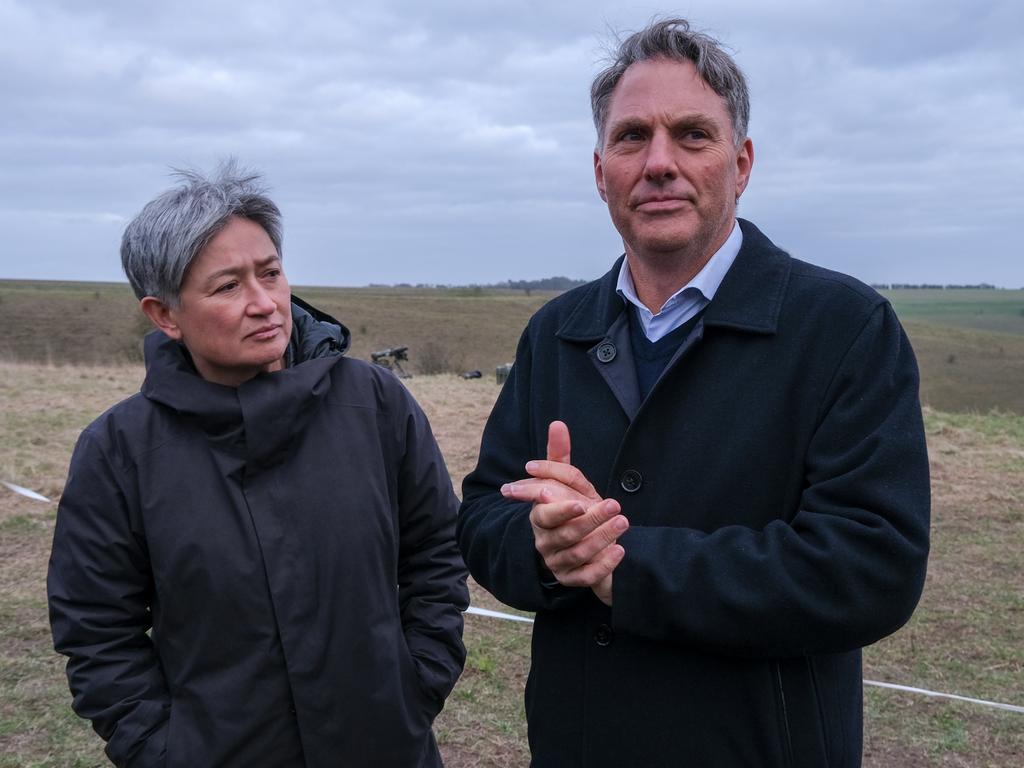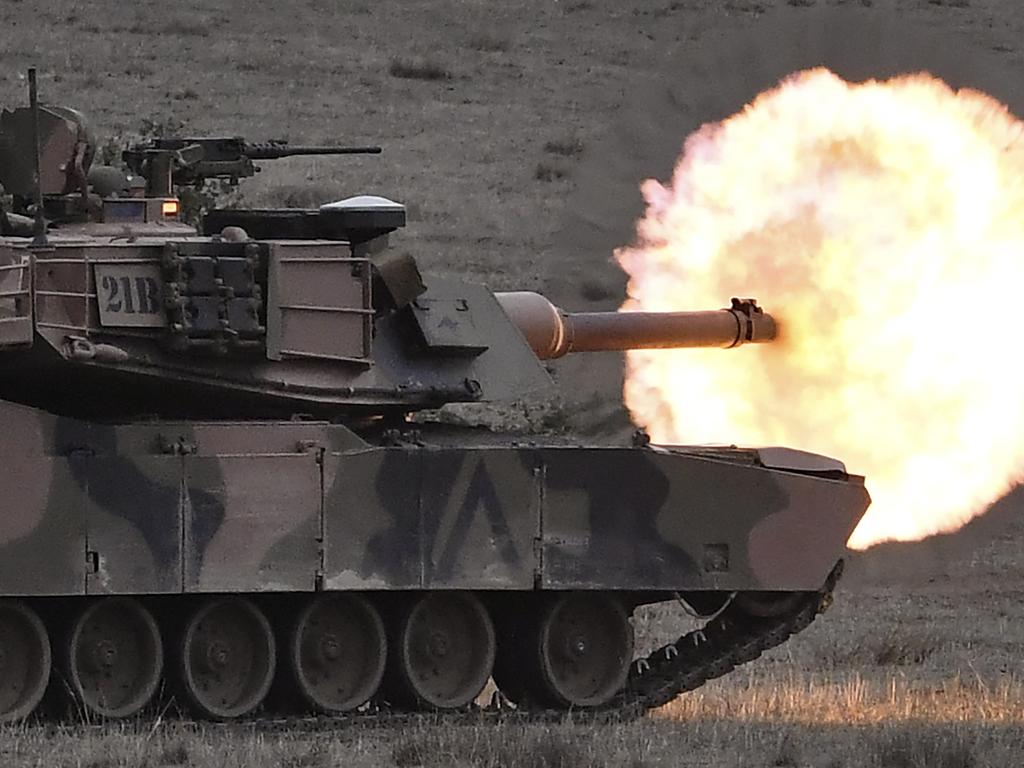Mystery deepens over who blew up Nord Stream pipelines
The crime scene is at the bottom of the Baltic Sea. And in this global whodunnit, the US, Russia and even Britain have all been suspects.

The crime scene lies at the bottom of the Baltic Sea, in the chilly waters off the Danish island of Bornholm. It was here in late September that powerful explosions ruptured the Nord Stream 1 and 2 gas pipelines that run from Russia to Germany in an unprecedented attack on European energy infrastructure.
The three blasts, which tore through Nord Stream’s steel and concrete reinforced pipes, appeared to bear all the hallmarks of a series of audacious operations that had been carried out in Europe by the Kremlin’s agents even before Russia’s invasion of Ukraine.


Mykhailo Podolyak, an adviser to President Zelensky, the Ukrainian leader, alleged the day after the incident that the explosions were an act of terrorism orchestrated by Moscow. Western countries have yet to accuse Russia formally, despite widespread suspicions the Kremlin bombed the pipelines as an act of hybrid warfare.
The identity of who ordered and carried out the attack is, for now, one of the biggest questions of the 21st century. It is a puzzle that holds the key to pipelines which cost about $US20 billion ($28 billion), took 15 years to construct and could have yoked Europe to Russian gas for decades to come.
“There are aspects of this mystery that resemble an Agatha Christie novel, in which nearly everyone involved appears to have a motive or would benefit from the outcome,” Sergey Vakulenko, an independent Russian energy analyst, wrote in an article published by the Carnegie think-tank.
Four months on, none of the three separate investigations by Denmark, Germany and Sweden have said publicly who they believe was responsible. The silence around the investigations has sparked rumours and accusations of a cover-up, as well as disquiet about a perceived lack of transparency.
“The federal government must break its silence very soon, create transparency or at least present a plausible narrative,” Konstantin von Notz, the chairman of the German parliamentary committee that oversees the intelligence services, told the Tagesspiegel newspaper. Failure to do so is likely to spark conspiracy theories and “wild speculation”, said Roderich Kiesewetter, the deputy head of the committee.
A western analyst, who asked not to be identified, admitted that he was surprised by the paucity of information. “This was a major infrastructure attack. It’s strange that we’ve heard very little.”
The Kremlin has furiously denied any suggestions it would have targeted its own pipelines. The Times understands that the German investigation remains open to theories that a western state carried out the bombing with the aim of blaming it on Russia.
In addition, 23 diplomatic and intelligence officials in nine different western countries told the Washington Post they had yet to see evidence linking Russia to the attack.

The Kremlin invested billions in the construction of Nord Stream, whose major shareholder is Gazprom, the Russian energy giant. The project provided Moscow with a steady stream of revenue and increased Europe’s energy reliance on Russia.
Gazprom switched off Nord Stream 1 after the start of the war, in a move that was seen as an attempt to put pressure on Kyiv’s European allies. Nord Stream 2, completed in 2021, never came online. However, Russia could have blown up its own pipeline to sow instability in Europe.
August Hanning, a former director of Germany’s foreign intelligence service, argued late last year that several other countries besides Russia could conceivably have had an interest in disabling the pipelines. He named the United States, Ukraine, Poland and Britain. “They all have their reasons,” he said.
All four countries, and the Baltic states, opposed Nord Stream 2 over fears that the Kremlin’s weaponisation of energy supplies would increase Russia’s political influence in Europe at a time when relations between Moscow and the West were at a post-Cold War low.
Russia had no qualms about playing the blame game, however. In October, Moscow accused Britain’s Royal Navy of carrying out the blasts.
The UK Ministry of Defence said Moscow was “peddling false claims” on an “epic scale” to distract its citizens from its army’s failures on Ukraine’s battlefields.
For some, comments made by US President Joe Biden just two weeks before the start of the Ukraine war make Washington the main suspect.
“If Russia invades, that means tanks or troops crossing the border of Ukraine again, there will no longer be a Nord Stream 2,” Biden said. When pressed on what he meant, the US president replied: “I promise you: we will be able to do it.”

After the blasts, officials in Russia highlighted Biden’s remarks, and suggested they signalled Washington’s intention to try to destroy the pipelines. Radoslaw Sikorski, the former Polish foreign minister, also referred to Biden’s comments in a Twitter post that read: “Thank you, USA.” He later deleted it.
The White House denied that Biden threatened to blow up Nord Stream, saying that his comments were made during a discussion with journalists about sanctions to freeze the pipeline project if Russia invaded. A short clip of Biden’s remarks was promoted heavily on social media by Russian bots.
Western analysts also argued it was unlikely the Biden administration, which in 2021 waived sanctions against Nord Stream 2 in an attempt to improve ties with Berlin, would sign off on an attack on the pipelines.
“The United States has supported European energy security for decades,” said Benjamin Schmitt, a former European energy security adviser at the US State Department. He said the idea that the US would suddenly “carry out a drastic kinetic strike” was unthinkable.

Yet a recent report by The New York Times suggested that Russia has begun estimating the price of repairs on the pipelines, raising again the question of why Putin would choose to bomb them in the first place. A person briefed on the work said that any eventual repairs could cost about $US500 million.
“If this was an attack that was meant to say that the energy link between Russia and Europe can be severed, as well as demonstrate Russia’s influence over Europe, then it appears not to have worked, at least for now,” said Joseph Majkut, an energy security analyst at the Center for Strategic and International Studies in Washington.
There seems little likelihood of clarity in the near future, and some are warning that the difficulties of collecting evidence may prove insurmountable.
“I don’t think it is surprising that there is not a set of conclusive evidence yet,” said Schmitt. “The subsea forensics process is going to always take a lot longer. This may be a scenario where we may never have a smoking gun.”
The Times






To join the conversation, please log in. Don't have an account? Register
Join the conversation, you are commenting as Logout